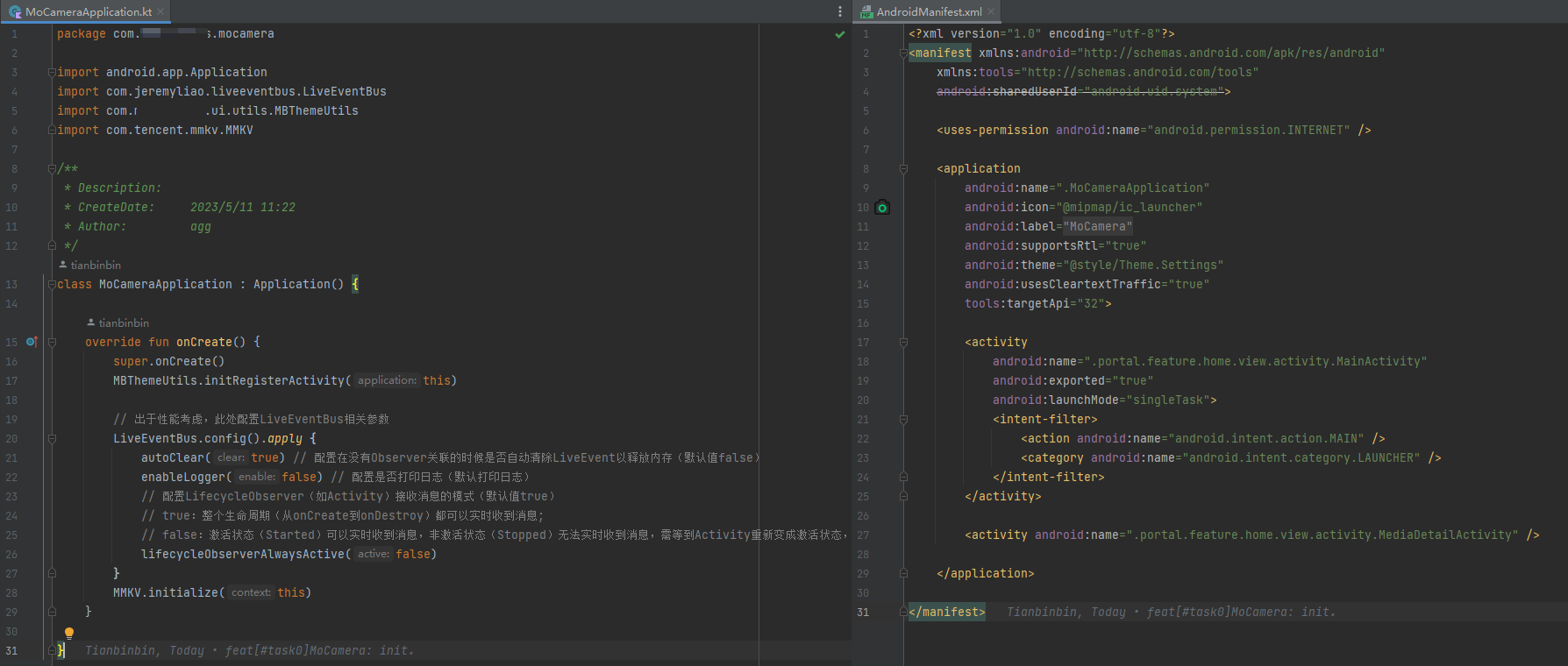文章目录
须知
💬 欢迎讨论:如果你在学习过程中有任何问题或想法,欢迎在评论区留言,我们一起交流学习。你的支持是我继续创作的动力!
👍 点赞、收藏与分享:觉得这篇文章对你有帮助吗?别忘了点赞、收藏并分享给更多的小伙伴哦!你们的支持是我不断进步的动力!
🚀 分享给更多人:如果你觉得这篇文章对你有帮助,欢迎分享给更多对数据结构感兴趣的朋友,让我们一起进步!
⼀般堆使⽤顺序结构的数组来存储数据,堆是⼀种特殊的⼆叉树,具有⼆叉树的特性的同时,还具备其他的特性。
1.堆的概念与结构
如果有⼀个关键码的集合
K
= {
k
0
,
k
1
,
k
2
, ...
,
k
n
−1
}
,把它的所有元素按完全⼆叉树的顺序存储⽅式存储,在⼀个⼀维数组中,并满⾜: K
i
<=
K
2∗
i
+1
(
K
i
>=
K
2∗
i
+1
且
K
i
<=
K
2∗
i
+2
),i = 0、
1
、
2...
,则称为⼩堆(或⼤堆)。将根结点最⼤的堆叫做最⼤堆或⼤根堆,根结点最⼩的堆
叫做最⼩堆或⼩根堆。

1.1 堆的性质
•
堆中某个结点的值总是不⼤于或不⼩于其⽗结点的值;
•
堆总是⼀棵完全⼆叉树。
1.1.1 ⼆叉树性质
•
对于具有 n
个结点的完全⼆叉树,如果按照从上⾄下从左⾄右的数组顺序对所有结点从
0
开始编号,则对于序号为
i
的结点有:
1.
若
i>0
,
i
位置结点的双亲序号:
(i-1)/2
;
i=0
,
i
为根结点编号,⽆双亲结点(通常称为父节点)
2.
若
2i+1<n
,左孩⼦序号:
2i+1
,
2i+1>=n
否则⽆左孩⼦
3.
若
2i+2<n
,右孩⼦序号:
2i+2
,
2i+2>=n
否则⽆右孩⼦
2 堆的模拟实现
底层:使用数组,进行了特殊的处理成为堆。
下面将以 建立小堆为示例:
heap.h头文件下的函数声明和其它头文件
#pragma once
#include<stdio.h>
#include<stdlib.h>
#include<assert.h>
#include<stdbool.h>
//定义堆的结构---数组
typedef int HPDataType;
typedef struct Heap
{
HPDataType* arr;
int size;//有效的数据个数
int capacity;//空间大小
}HP;
void HPInit(HP* php);
void HPDestroy(HP* php);
void HPPush(HP* php, HPDataType x);
void HPPop(HP* php);
HPDataType HPTop(HP* php);
// 判空
bool HPEmpty(HP* php);
测试文件:
#include"Heap.h"
void test01()
{
HP hp;
HPInit(&hp);
int arr[] = { 17,20,10,13,19,15 };
for (int i = 0; i < 6; i++)
{
HPPush(&hp, arr[i]);
}
//HPPop(&hp);
while (!HPEmpty(&hp))
{
printf("%d ", HPTop(&hp));
HPPop(&hp);
}
HPDestroy(&hp);
}
int main()
{
test01();
return 0;
}
heap.c函数的实现方法(重点)
2.1 堆的初始化和销毁
void HPInit(HP* php)//初始化
{
assert(php);
php->arr = NULL;
php->size = php->capacity = 0;
}
void HPDestroy(HP* php)//销毁
{
assert(php);
if (php->arr)
free(php->arr);
php->arr = NULL;
php->size = php->capacity = 0;
}
2.2 入堆操作
void HPPush(HP* php, HPDataType x)
{
assert(php);
//判断空间是否足够
if (php->size == php->capacity)
{
//扩容
int newCapacity = php->capacity == 0 ? 4 : 2 * php->capacity;
HPDataType* tmp = (HPDataType*)realloc(php->arr, newCapacity * sizeof(HPDataType));
if (tmp == NULL)
{
perror("realloc fail!");
exit(1);
}
php->arr = tmp;
php->capacity = newCapacity;
}
php->arr[php->size] = x;
AdjustUp(php->arr, php->size);
++php->size;
}
2.2.1 向上调整算法
入堆之后,可能现在堆的数据不符合小堆或大堆的特性,需要从新调整堆的结构。
因此向上调整算法产生。
将新数据插⼊到数组的尾上,再进⾏向上调整算法,直到满⾜堆。
向上调整算法• 先将元素插⼊到堆的末尾,即最后⼀个孩⼦之后• 插⼊之后如果堆的性质遭到破坏,将新插⼊结点顺着其双双亲往上调整到合适位置即可
步骤(如下图)

代码如下:
void AdjustUp(HPDataType* arr,int child)
{
int parent = (child - 1) / 2;
while (child > 0)//不需要等于,child只要走到根节点的位置,根节点没有父节点不需要交换
{
if (arr[child] < arr[parent])
{
Swap(&arr[parent], &arr[child]);
child = parent;
parent = (child - 1) / 2;
}
else
{
break;
}
}
}
2.3 堆的判空
// 判空
bool HPEmpty(HP* php)
{
assert(php);
return php->size == 0;
}
2.4 出堆
将堆顶与最后一个数据交换,交换完成有效数据个数-1,在进行向下调整算法,因为可能删除后的数据结构不符合堆的特性。
出堆(删除数据):只能删除堆顶数据。
void HPPop(HP* php)
{
assert(php && php->size);
//arr[0] arr[size-1]
Swap(&php->arr[0], &php->arr[php->size - 1]);
--php->size;
AdjustDown(php->arr, 0, php->size);
}
2.4.1 向下调整算法
void AdjustDown(HPDataType* arr, int parent, int n)
{
int child = parent * 2 + 1;//左孩子
//while (parent < n)
while (child < n)
{
//找左右孩子中找最小的
if (child + 1 < n && arr[child] > arr[child + 1])
{
child++;
}
if (arr[child] < arr[parent])
{
Swap(&arr[child], &arr[parent]);
parent = child;
child = parent * 2 + 1;
}
else
{
break;
}
}
}

2.5 取堆顶数据
HPDataType HPTop(HP* php)
{
assert(php && php->size);
return php->arr[0];
}
2.6 获取堆有效数据个数
//获取堆中有效数据个数
size_t HPsize(HP* php)
{
return php->size;
}(附源码)
#define _CRT_SECURE_NO_WARNINGS 1
#include"Heap.h"
void HpInit(HP* php)
{
assert(php);
php->arr = NULL;
php->capacity = php->size = 0;
}
void Hpdestroy(HP* php)
{
assert(php);
if (php->arr)
free(php->arr);
php->arr = NULL;
php->capacity = php->size = 0;
}
void swap(int* x, int* y)
{
int tmp = *x;
*x = *y;
*y = tmp;
}
//时间复杂度logn
void AdjustUp(HpDataType* arr,int child)
{
int parent = (child - 1) / 2;
while (child>0)
{
//if (arr[child] > arr[parent])//升序
if (arr[child] < arr[parent])//降序
{
swap(&arr[child], &arr[parent]);
child = parent;
parent = (child - 1) / 2;
}
else {
break;
}
}
}
void AdjustDown(HpDataType* arr,int parent , int n)
{
int child = 2 * parent + 1;//左孩子
while (child < n)
{
//if (child + 1 < n && arr[child] > arr[child + 1])//降序
if (child + 1 < n && arr[child] < arr[child + 1])//升序->建大堆
{
child++;
}
if (arr[child] > arr[parent])//升序
//if (arr[child] < arr[parent])//降序
{
swap(&arr[parent], &arr[child]);
parent = child;
child = 2 * parent + 1;
}
else
{
break;
}
}
}
void HpPop(HP* php)//出堆:出的是堆顶的数据
{
assert(php && php->arr);
swap(&php->arr[0], &php->arr[php->size - 1]);
--php->size;
AdjustDown(php->arr, 0, php->size);
}
bool HPEmpty(HP* php)
{
assert(php);
return php->size==0;
}
HpDataType HoTop(HP* php)
{
assert(php && php->size);
return php->arr[0];
}
void HpPush(HP* php, HpDataType x)
{
assert(php);
//扩容
if (php->capacity == php->size)
{
int newCapacity = php->capacity == 0 ? 4 : 2 * php->capacity;
HpDataType* tmp = (HpDataType*)realloc(php->arr, newCapacity * sizeof(HpDataType));
if (tmp == NULL)
{
perror("realloc fail!");
exit(1);
}
php->arr = tmp;
php->capacity = newCapacity;
}
php->arr[php->size] = x;
//建小堆
AdjustUp(php->arr, php->size);
++php->size;
}
//获取堆中有效数据个数
size_t HPsize(HP* php)
{
return php->size;
}
相信通过这篇文章你对数据结构(堆)的有了初步的了解。如果此篇文章对你学习数据结构有帮助,期待你的三连,你的支持就是我创作的动力!!!


















